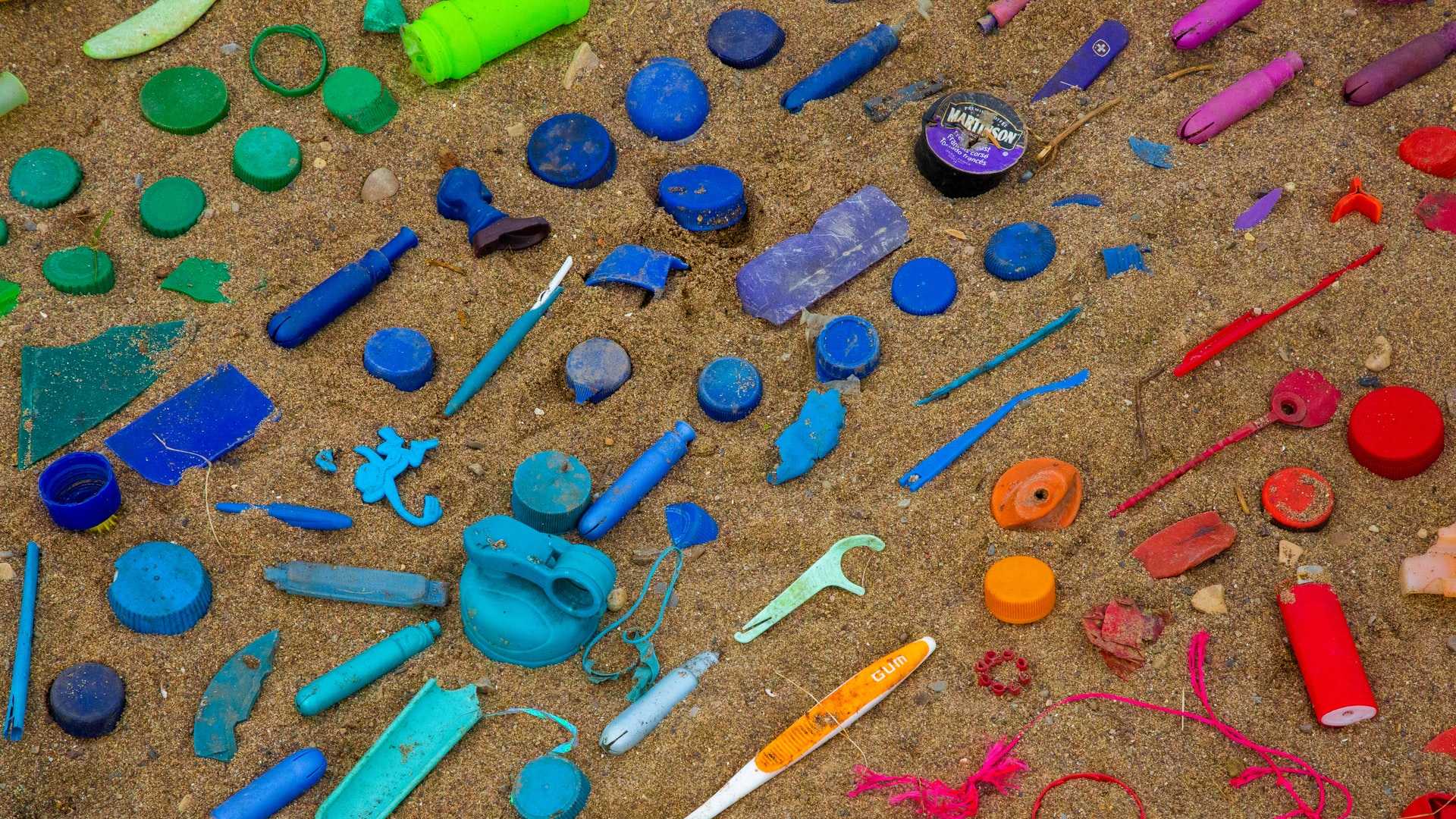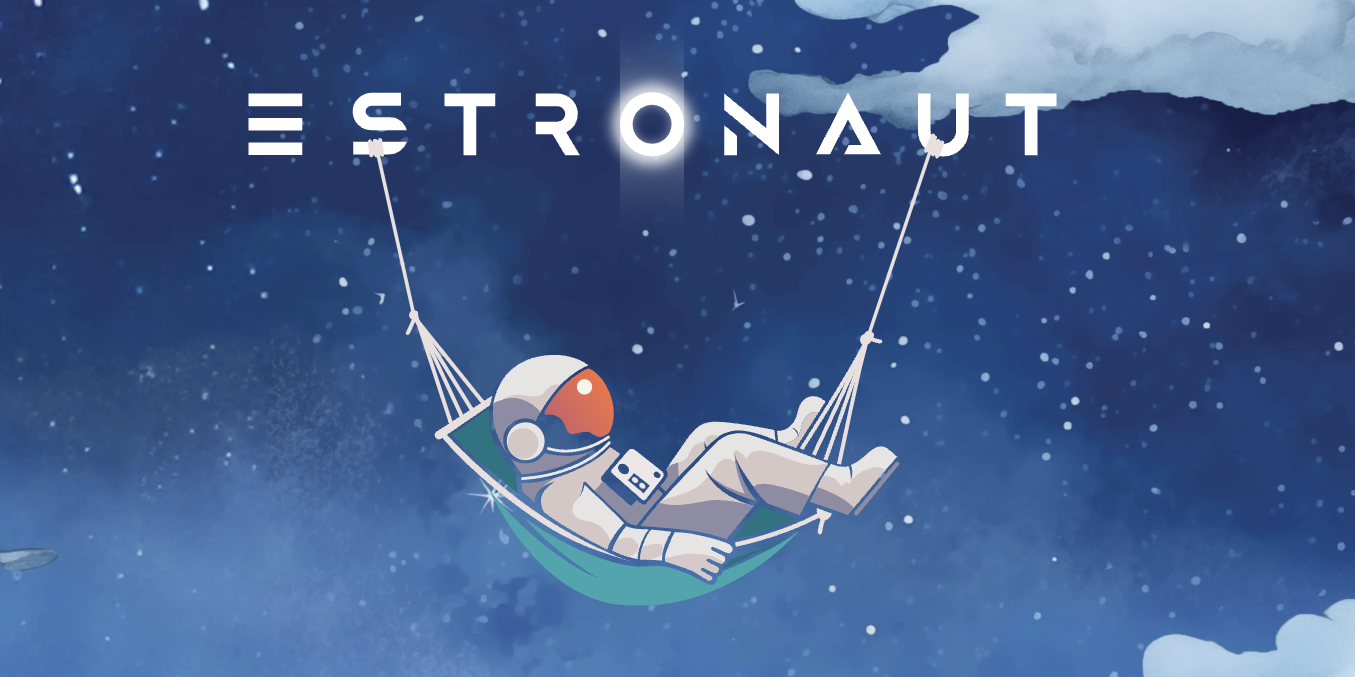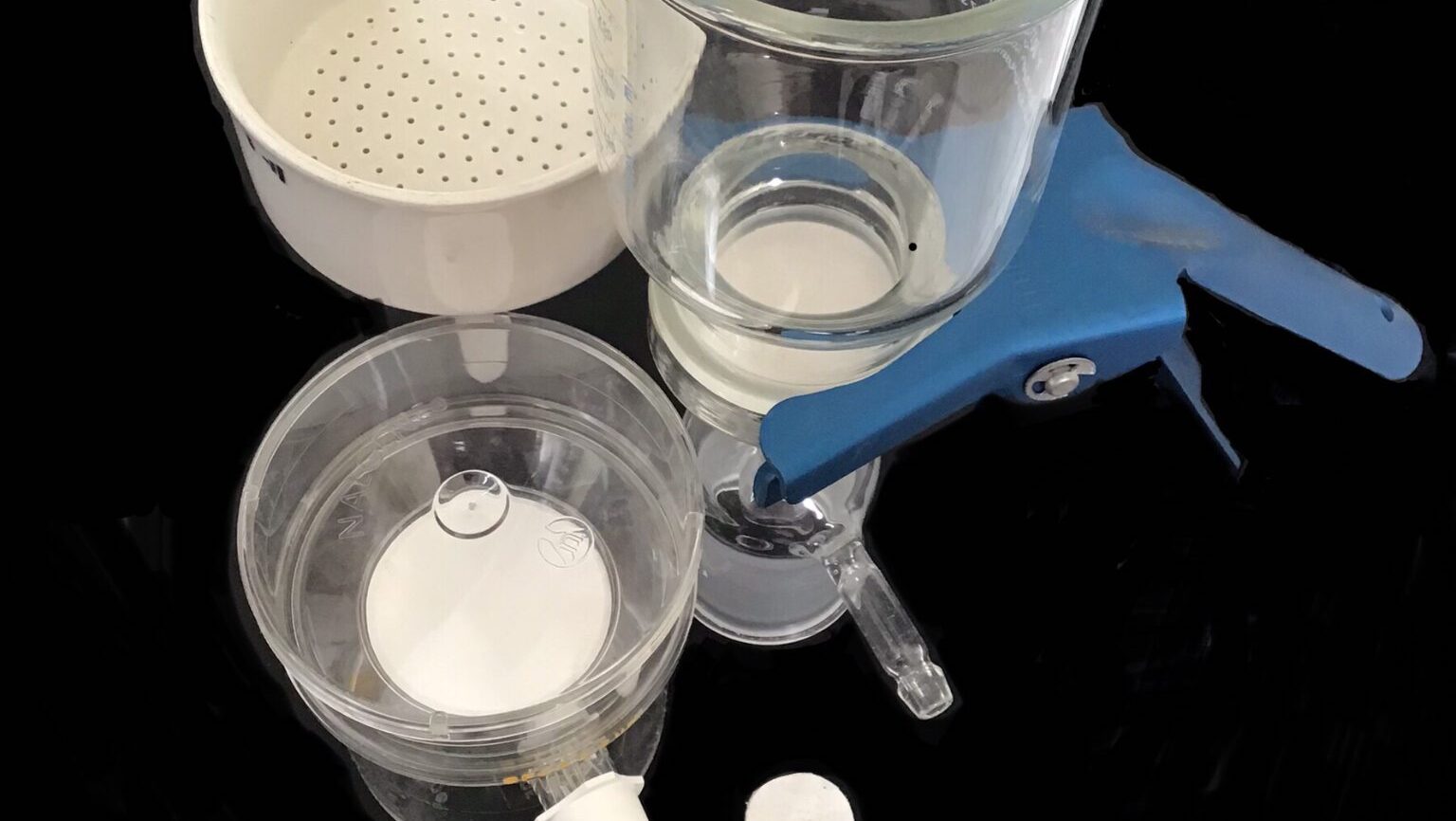At one point, I felt pretty confident about my ability to discern which item belonged where. I would also clean out food packaging to make sure there wasn't any detritus or grease to compromise batches of recycling when it was processed. Waste from the garbage can in the bathroom wouldn't find its way into the blue recycling bin.
A year ago, however, after washing a black plastic takeout container and reaching for the recycling bin, I was told about how black plastic can't be recycled. Incredulous about such a statement, I was shown the City of Toronto's “Waste Wizard” web page. Lo and behold, black plastic has to go into the garbage bin. Then I started to search regarding other common household waste. Shredded paper must be in a clear plastic bag before it's recycled. Greasy cardboard goes in the green bin. Bubblewrap is garbage. If you search for info on everything you throw out in a given week, you may be surprised at what you find out.
Any contamination and mixing of non-recyclable materials with recyclable ones can make it difficult for the recyclables to be sold, such that they end up in a landfill. With our existing system, there are high recycling contamination rates across Canada. CBC reported in 2018 that the rate was 26% in Toronto, 24% percent in Edmonton, and 21% in Halifax. In other cities, the percentage was lower, but still a factor: the recycling contamination rate in Vancouver was 4.6% and 7.5% in Montréal.
It's a missed opportunity when, once sorted successfully at a facility, many materials have excellent recycling prospects. Aluminum and other metals have no limit to the amount of times they can be recycled. The same can be said for glass, provided types of glass with different melting points are separated. Paper can be recycled five to seven times. But then, plastic varies widely in how many times it can be recycled; some plastics, like the PET that is used in water bottles, have a longer lifespan, while other types can be recycled just once.
Considering the dilemma of contamination and the limitations of materials used, what would happen if packaging was made out of materials that could be thrown away and left to biodegrade instead?
One alternative to petroleum-based plastics are those made out of cellulose. In 2019, Andres Krumme, Professor of Polymer Technology at Tallinn University of Technology, shared with several news outlets that he had researched and developed “new polymers – cellulose fatty acid esters…[that] can be processed in the same way as the commodity polymers”, in the sense that these bioplastics can be melted or processed. If they are indeed processed in the same way as other plastics, it could potentially resolve one of the criticisms of bioplastics, in that it can interfere with the processing of petroleum-based plastics when they mingle in batches of waste.
In addition, the cellulose doesn't necessarily have to be sourced from dedicated plots of land that are otherwise needed for growing food, which has been another worry surrounding bioplastics. Instead, the cellulose could come from more peripheral sources like algae.
There is a balance between making the plastic biodegradable enough, so that it decays quickly in landfills, but is also durable. Krumme and his fellow researchers have been finding ways to improve the performance of these bioplastics, as they will need to contain not only dry goods but products with moisture like fruit, vegetables, and meat, without breaking down prematurely.
There are many variables to consider, while also making the packaging more affordable and enticing for companies that would use it. Furthermore, consumers will still have to be mindful of not littering, so that the plastic doesn't end up in the ocean, for example.
The best approach could be to continue perfecting these bioplastics so that, soon, we can use them for single-use packaging; but then, endeavour to bring back the use and re-use of non-plastic materials for shopping. For instance, more grocery stores could adopt a Bulk Barn-esque format, where customers bring reusable fabric, glass, ceramic, and metal containers to collect their groceries. Individual suppliers would have to be on board with this, too.
There will be some compromises for consumers to make, but new technology like what we see being developed in Estonia shows that there is still a chance of preserving modern conveniences at the same time.
This article was written by Vincent Teetsov as part of the Local Journalism Initiative.




